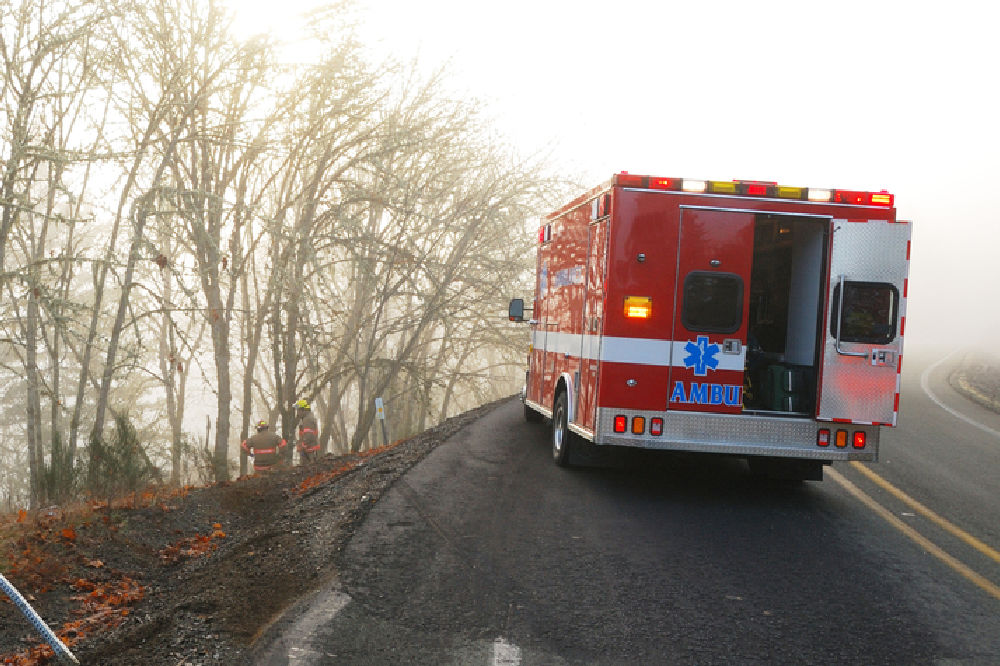Emergency Vehicle Accident Case Laws
As a driver in Indiana, you owe a duty to emergency vehicles to act with caution while they’re traveling on the road or parked on the side of the road. The Indiana move over law governs what you should do in the event that an active emergency vehicle is on the road or parked on the shoulder, but many Indiana residents are unaware of the Emergency Vehicle Accident Case law.
It’s critical for emergency vehicles to reach their destinations without the hindrance of others blocking the road, and if they’re parked on the side of the road, they need other drivers to move over for their safety and the safety of those they are helping.
In this blog, you’ll learn all about Indiana’s emergency vehicle laws and the move over law.
Indiana’s Emergency Vehicle Accident Case Laws
Every year, thousands of car accidents occur because drivers fail to follow emergency vehicle accident case law, and hundreds of first responders are injured due to other drivers’ negligence. You need to follow the Indiana move over law so that emergency responders can safely reach their destinations and help those needing assistance. Emergency vehicles include ambulances, police cars, rescue vehicles, and fire trucks.
Indiana drivers are required to yield for emergency vehicles when their lights and/or sirens are on. Drivers are also required to move over to the side of the road until the emergency vehicle passes. The emergency vehicle is not required to be in your lane in order for you to pull over. You should pull over and wait a few moments before continuing driving.
If you’re at an intersection as an emergency vehicle approaches, drive through the intersection and then pull over to the side. You should avoid blocking any part of the intersection because you don’t know where the emergency vehicle is turning.
In addition to these laws, it’s also important to note that there is often more than one emergency vehicle on the road at a time. After pulling over for an ambulance, firetruck, rescue vehicle, or police car, you should wait and look to make sure there isn’t another emergency vehicle approaching. Traffic accidents involving emergency vehicles often occur because a pulled-over driver re-entered their lane too quickly because they failed to see another emergency vehicle approaching.
It’s also critical to note that emergency vehicles don’t need to abide by standard traffic laws when they have their lights and sirens on. This means they can speed and engage in unpredictable behavior. You need to stay vigilant on the road to avoid blocking and hitting emergency vehicles.
The Indiana Move Over Law
In addition to pulling over to accommodate emergency vehicles on the road, you also need to abide by the Indiana move over law. Drivers are required to change lanes if an emergency vehicle is stopped on the side of the road. If you’re driving on a multiple-lane road, you need to change lanes away from the shoulder where the emergency vehicle is parked. If you’re unable to change lanes safely, you are required to reduce your speed by 10 miles per hour under the posted speed limit.
One important thing to note regarding the Indiana move over law is that you should never stop in the middle of the road. If you can’t change lanes, simply reduce your speed and proceed with caution.
Although the move over law was primarily designed for protecting first responders, drivers are required to move over or slow down for certain non-emergency vehicles. The drivers protected in the move over law include Indiana state police vehicles, ambulances, rescue vehicles, fire trucks, highway incident-response vehicles, highway maintenance vehicles, utility service vehicles, and tow trucks. If you see any of these vehicles parked on the shoulder or side of the road, you need to move over or reduce your speed to 10 mph below the speed limit.
Failing to move over or slow your speed for qualified vehicles can result in hefty fines. Additionally, if you cause a wreck that damages a vehicle or results in injuries or death of an emergency worker, your license suspension can be up to two years.
The Indiana move over law doesn’t technically apply for disabled vehicles and others parked on the shoulder or side of the road, but you should still change lanes away from them or drive with extreme caution. Every year, numerous people on the side of the road are injured or killed because drivers failed to drive cautiously.
Contact an Indiana Car Accident Lawyer
If you experience a car accident in Indiana, you need expert Hoosier lawyers to assist you with your case and understanding emergency vehicle accident case law. Expert car accident attorneys will represent you and help you recover compensation for vehicle damages, personal injuries, lost wages, and pain and suffering. For legal support you can count on, contact Crossen Law Firm. We’ve helped our clientsreceive millions in compensation, and we can help you receive the money you deserve for your wreck. Call our office at 317-401-8626 or you can contact us online with details about your case by clicking here.

 317-401-8626
317-401-8626 
.jpg)